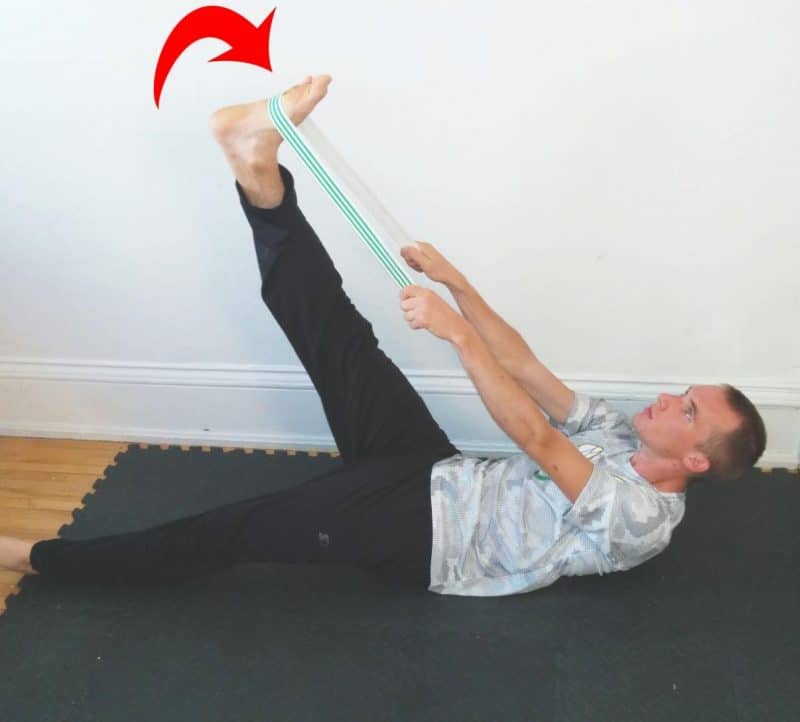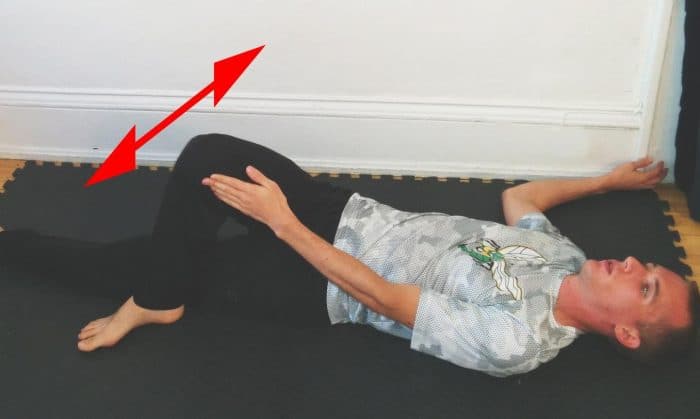Back pain is an incredibly common problem. Research indicates that approximately 90 per cent of people will have at least one episode of significant back pain in their life and most of these people will struggle again with recurrent back pain.
Our spine is made up of a series of bones connected with ligaments and muscles. The spine has a complex series of joints which allow us to bend, twist and move in many degrees and directions.
The muscles of the back act to provide mobility, strength and a significant amount of stability. For this reason keeping the muscles of the back strong is important for maintaining stability and protecting the back from injury in general.
In most cases low back pain is caused in large part due to deconditioned low back and abdominal muscles as well as prolonged periods of sitting (often with poor posture).
This combination of poor conditioning of low back muscles and long stretches of sitting with poor posture increases a person’s risk of developing spinal misalignment, ligament laxity, herniated or “slipped” disc, osteoporosis of the spine and degenerative joint disease.
As you can see, limiting time spent sitting throughout the day and keeping our core muscles strong is essential for protecting against many issues causing back pain.
Other biomechanical factors can also contribute to low back pain including previous injuries of the lower body or uneven gait.
Low back pain will be felt differently depending the cause of the pain.
In many cases the pain is felt directly in the low back but the pain can shoot down the leg or both legs in the case of sciatica, a herniated disc or spinal stenosis or other conditions which cause neural compression.
Back pain can be diagnosed easily in most cases with a physical exam and orthopedic testing. X-rays may be ordered to determine if osteoporosis or a bone fracture are the cause of the pain a person is experiencing. An MRI or CT scan may also be ordered to determine if a herniated disc, spinal stenosis or cancerous growth are the cause of a person’s back pain.
The treatment for back pain depends on the cause of the pain. In most cases where prolonged sitting and poor muscle condition are the main culprits for the back pain conservative treatment including breaks from sitting, improved ergonomics and a strengthening plan for the affected muscles will be most effective for achieving recovery. In the case of advanced cases of disc herniation surgery may be required if more conservative treatment fails.
Acupuncture, massage therapy, chiropractic treatment and osteopathy are all potential treatments which can help with low back pain as well.
Prolotherapy which entails an injection of a sugar solution into the affected area also has encouraging research for the treatment of back pain.
In practice I have seen good results with prolotherapy in the treatment of low back pain which did not respond to more conservative treatment.
Some herbal and nutritional supplements can be helpful in the treatment of osteoarthritis-induced low back pain including devil’s claw, glucosamine and chondroitin, among others. You should talk with your naturopathic doctor before starting any herbal medicines to ensure that they are the right medicine for you and to avoid any adverse effects or drug interactions.
http://thechronicleherald.ca/southshorebreaker/1427402-lower-back-pain-a-common-issue
Our spine is made up of a series of bones connected with ligaments and muscles. The spine has a complex series of joints which allow us to bend, twist and move in many degrees and directions.
The muscles of the back act to provide mobility, strength and a significant amount of stability. For this reason keeping the muscles of the back strong is important for maintaining stability and protecting the back from injury in general.
In most cases low back pain is caused in large part due to deconditioned low back and abdominal muscles as well as prolonged periods of sitting (often with poor posture).
This combination of poor conditioning of low back muscles and long stretches of sitting with poor posture increases a person’s risk of developing spinal misalignment, ligament laxity, herniated or “slipped” disc, osteoporosis of the spine and degenerative joint disease.
As you can see, limiting time spent sitting throughout the day and keeping our core muscles strong is essential for protecting against many issues causing back pain.
Other biomechanical factors can also contribute to low back pain including previous injuries of the lower body or uneven gait.
Low back pain will be felt differently depending the cause of the pain.
In many cases the pain is felt directly in the low back but the pain can shoot down the leg or both legs in the case of sciatica, a herniated disc or spinal stenosis or other conditions which cause neural compression.
Back pain can be diagnosed easily in most cases with a physical exam and orthopedic testing. X-rays may be ordered to determine if osteoporosis or a bone fracture are the cause of the pain a person is experiencing. An MRI or CT scan may also be ordered to determine if a herniated disc, spinal stenosis or cancerous growth are the cause of a person’s back pain.
The treatment for back pain depends on the cause of the pain. In most cases where prolonged sitting and poor muscle condition are the main culprits for the back pain conservative treatment including breaks from sitting, improved ergonomics and a strengthening plan for the affected muscles will be most effective for achieving recovery. In the case of advanced cases of disc herniation surgery may be required if more conservative treatment fails.
Acupuncture, massage therapy, chiropractic treatment and osteopathy are all potential treatments which can help with low back pain as well.
Prolotherapy which entails an injection of a sugar solution into the affected area also has encouraging research for the treatment of back pain.
In practice I have seen good results with prolotherapy in the treatment of low back pain which did not respond to more conservative treatment.
Some herbal and nutritional supplements can be helpful in the treatment of osteoarthritis-induced low back pain including devil’s claw, glucosamine and chondroitin, among others. You should talk with your naturopathic doctor before starting any herbal medicines to ensure that they are the right medicine for you and to avoid any adverse effects or drug interactions.
http://thechronicleherald.ca/southshorebreaker/1427402-lower-back-pain-a-common-issue








